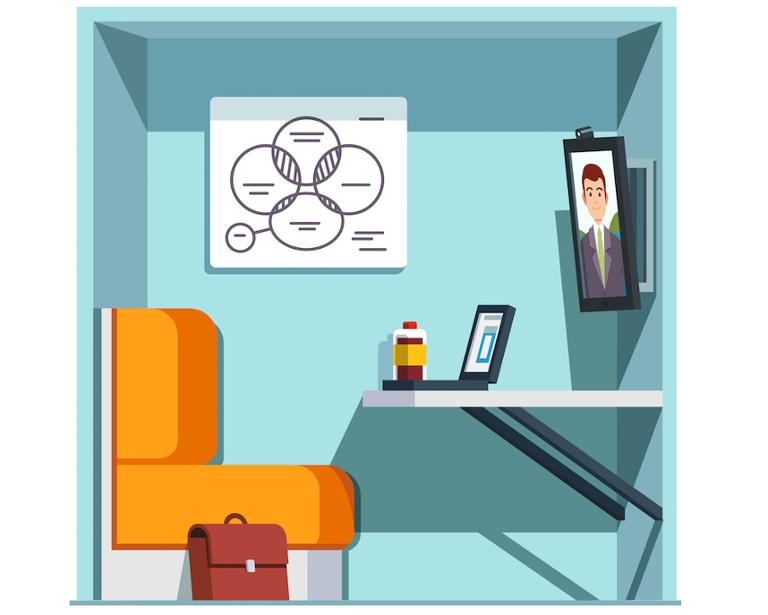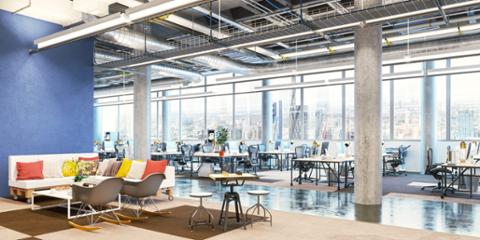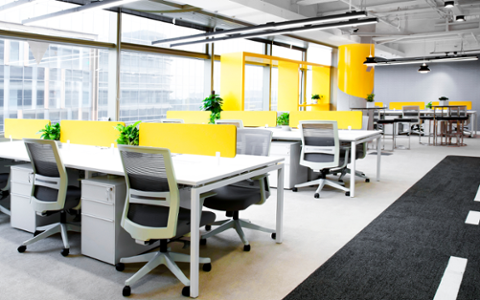In the beginning, there was the cubicle, and workers pronounced it totally soul-sucking. Then companies embraced open-office designs, and employees quickly found those even worse. But as with most things in life, there’s always the opportunity for things to hit absolute rock bottom, and office design is no exception.
Say hello to the pod. We hope you’re not claustrophobic.
As broken out by Citylab and The New York Times, there’s a new trend emerging, and it involves shoving people—either by themselves, or as part of a small group—into tiny spaces that resemble a super-hip phone booth, or even an ultra-mini conference room.
Philippe Paré, an architecture-firm principal and director in London, told the Times that the pods meant for small meetings (i.e., four to six people) were “the next chapter in the evolution of the open workspace.”
To be fair, some tech professionals—especially those trapped in a loud, bright open office—would dearly like a little pod, preferably soundproofed, where they could code in absolute silence. Others who aren’t engaged with their current jobs would no doubt appreciate the isolation of a pod to search for new jobs, update their cover letters, and watch YouTube videos all day.
But still others might find these pods unbearably tiny, especially if they must sit in there for hours per day in order to escape the tyranny of the open office. Depending on who’s using them and for how long, pods could also make an office more anti-social. “If [pods are] in the corner, harder to get to, presented in a less inviting way, or not used by senior staff—all these can send the opposite signal, that doing this is a furtive, anti-team kind of act,” Susan Cain, the author of Quiet: The Power of Introverts in a World That Can’t Stop Talking, told CityLab.
The pods’ designers present them as an innovative, humane way to carve out a little bit of workplace privacy. But remember that the cubicle was also intended as a fresh, flexible alternative to the traditional office; it took decades of iteration to transform it into the beige monstrosity we know today. It’s not out of the question that pods could evolve into tiny, uncomfortable storage lockers for workers.
Then again, any version of the pods are probably better than “Wear Space,” an experimental device (created in Panasonic’s “Future Life Factory”) that looks like a set of horse blinders that the worker slips over their head. It’s a cubicle for your face, as Dice editor Nate Swanner described it, and it’s the saddest antidote to the open office that we’ve ever seen.
If you’re trapped in an open office with no refuge—no pods, no cubicles, not even the opportunity to strap something to your head that drowns out the annoying calls from the next desk—you can still take concrete steps to make your situation a little better. For starters, tailor your workday so that you get the bulk of your tasks done when noise and distractions are at a minimum; you’re also free to work out the best possible arrangements with your colleagues—such as making sure you’re out of earshot if they’re about to engage in a loud, hour-long call. Good luck out there.


